Apple's future iPhone may have a wrap-around display, while also sporting an all-glass — and perhaps port-less — enclosure for a smooth exterior appearance.
Apple's design choices for the iPhone have always been widely debated by observers, with choices to implement specific styles and features often copied by competitors, such as the infamous notch. If Apple implements ideas outlined in a newly-granted patent, a future iPhone could end up being completely covered with seamless glass with zero penetrations for wired ports, and could even have a wrap-around display.
Apple iPhone with all-glass enclosure
In the patent, simply titled "Glass enclosure," Apple suggests how a handheld computing device could use glass for its casing. While images and discussions depict the old-fashioned click-wheel iPod, the filing also suggests it could be applied to practically any handheld device, like a smartphone.
Apple argues that a design challenge for device producers is that there is usually a need for case structures to involve multiple layers in a sandwich, attached by some sort of fastening mechanism like screws that makes assembly time consuming and cumbersome. There is also the suggestion that it there is a need to make a more aesthetically pleasing enclosure, yet durable.
Apple's solution entails creating an enclosure out of glass, but unlike iPhones with glass backs and side seams, the intention this time is to create one that doesn't rely on a multi-part enclosure. Instead, Apple wants to produce an enclosure that is one component, a potentially seamless casing.
The glass could be extruded in a tube, allowing for devices with round edges and a tubular body to be made. Depending on the implementation, the glass could have extra glass pieces placed at the top and the bottom of the tube, fully surrounding the electronics inside.
As the glass is extruded, this can allow for different body shapes to be created, including devices with curved edges that aren't flat. While there would be a seam at these cap joints, adhered by a laser bonding system, the main body of the glass would not have a seam going around it.
As it would be both the protection and the external casing, the glass could have varying properties, such as being transparent, translucent, and opaque in different areas. This would save from having to make an opaque section to hide elements from view within the casing.
The manufacturing process flowchart for the glass indicates Apple wants to create the hollow tube, then to cut sections out of the tube to enable specific features to function, such as speaker holes. The edges of the glass would be treated to create chamfered or radius edges, with the surface polished, texturized, protected with extra coatings, before the caps are placed and sealed.
As a bonus, proper material selection would allow for an iPhone enclosure that is totally transparent to radio emissions. This could theoretically increase Wi-Fi and wireless performance, or allow for smaller antennae in the unit.
Furthermore, an all-glass iPhone with no ports would have greater water resistance.
The filing was made on August 12, 2019, with its inventors listed as Christopher Prest and Emery A. Sanford.
Apple files numerous patent applications on a weekly basis, but while the existence of the filings indicate areas of interest for Apple's research and development teams, they don't guarantee the concepts will appear in a future product or service.
Apple has previous research on all-glass iPhones and wrap-around screens
The idea of a non-flat screen has been looked at by Apple quite a few times, and has surfaced in earlier patent filings.
For example, flexible displays have appeared in filings for foldable smartphones, typically involving a specific bend point and how to protect the fragile screen glass from cracking under strain.
It has also looked at wrap-around displays, which would take advantage of flexible display panels in a similar way to foldable devices. One filing from November 2019 mentions how a screen could wrap around the internal electronics.
Another from August 2020 went down the route of tubular devices with the wrap-around display, but added the suggestion the round shape could help make for a seemingly thinner device with a larger display area, as well as potentially being more accommodating to components of varying size.
 Malcolm Owen
Malcolm Owen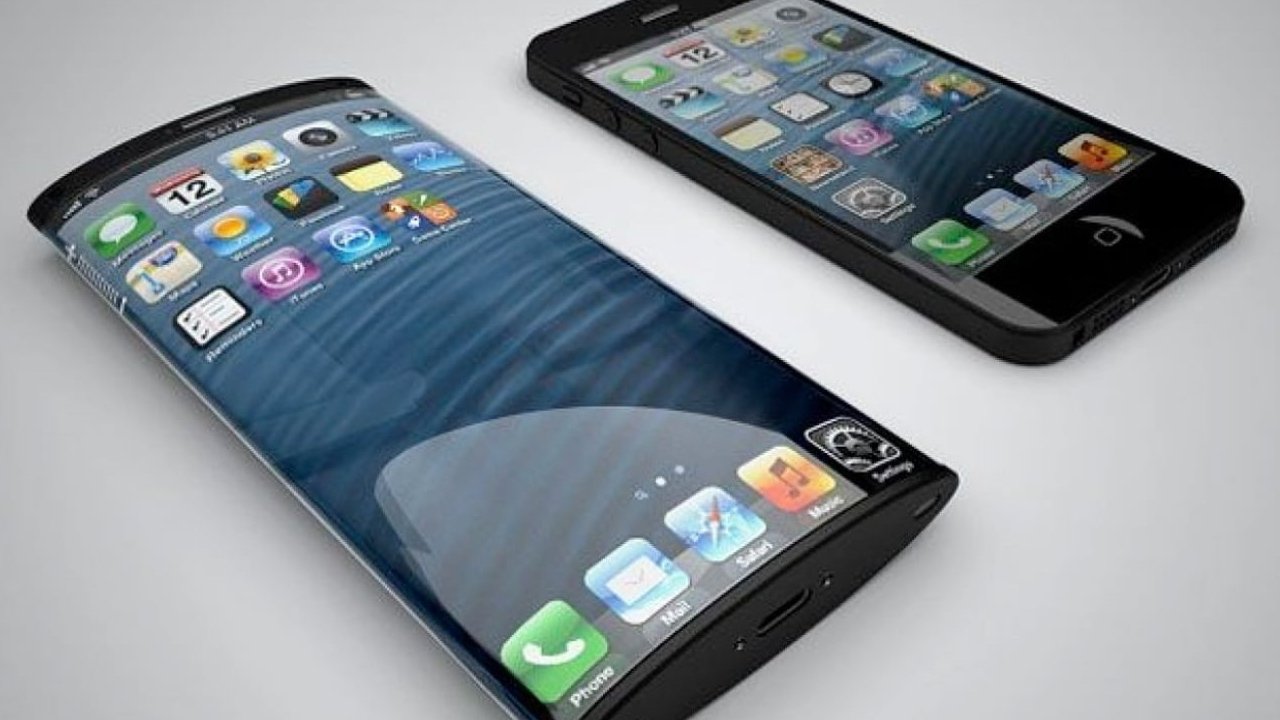
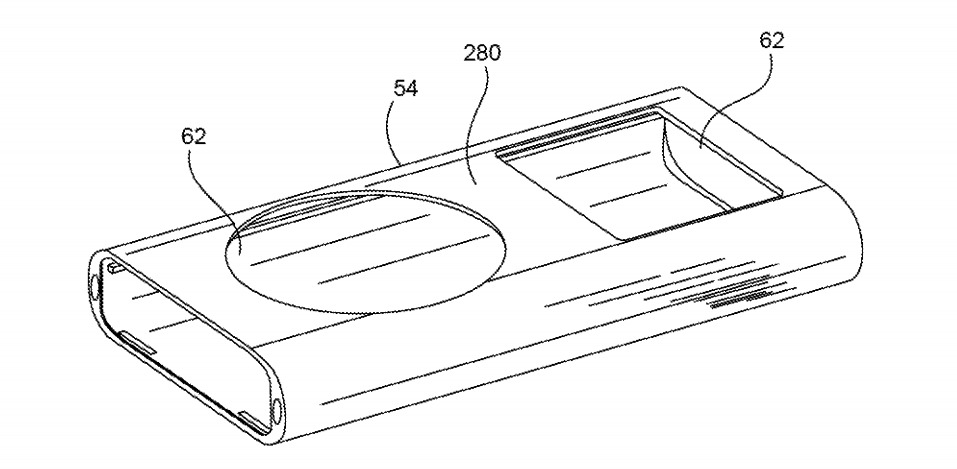


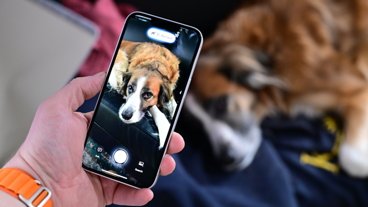
-xl-m.jpg)



-m.jpg)






 Chip Loder
Chip Loder
 Christine McKee
Christine McKee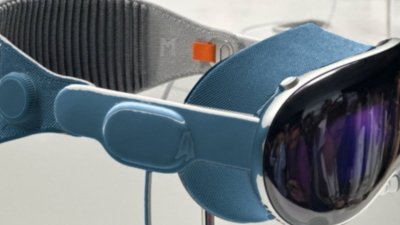
 William Gallagher
William Gallagher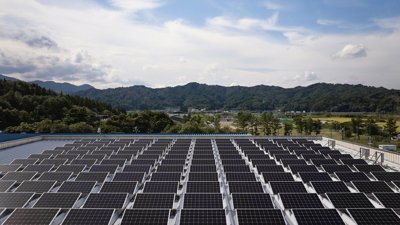
 Amber Neely
Amber Neely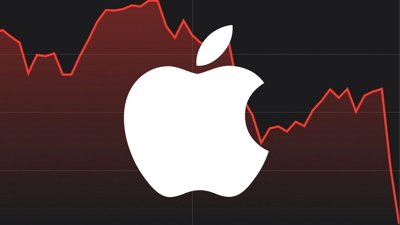

 Andrew Orr
Andrew Orr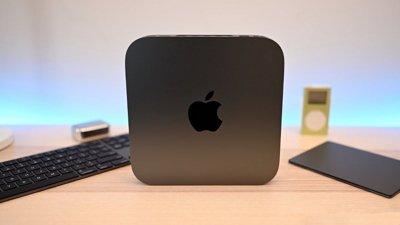

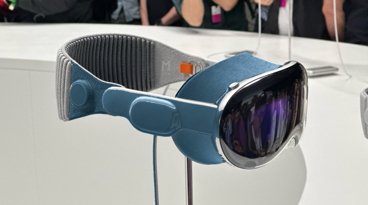
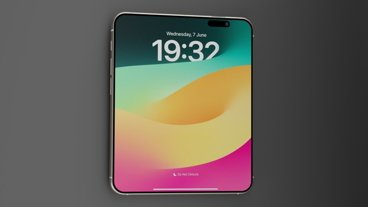
-m.jpg)






22 Comments
That will be interesting for case makers ...
Apple researching an all glass iPhone which will double profits in repairs alone.
I definitely do NOT want a curved screen. What’s the point to that? We see that with the Samsung’s curved screens that nothing advantageous is gained from it, and instead, it causes problems.
This will be known as the Bar of Soap iPhone.